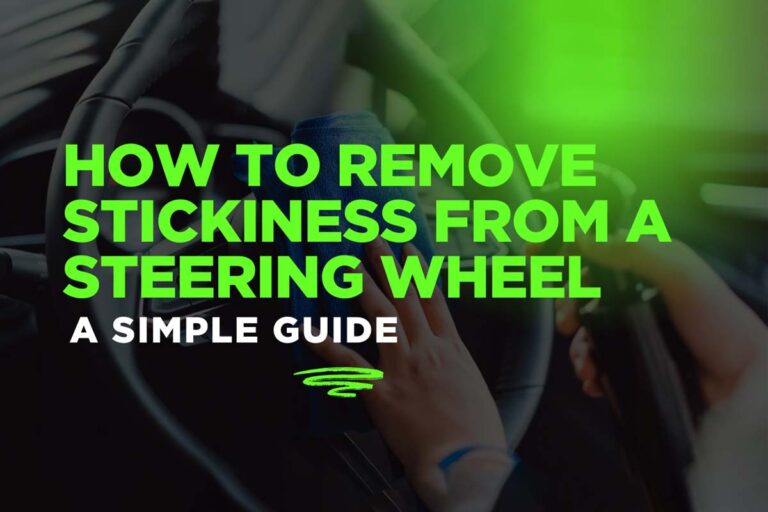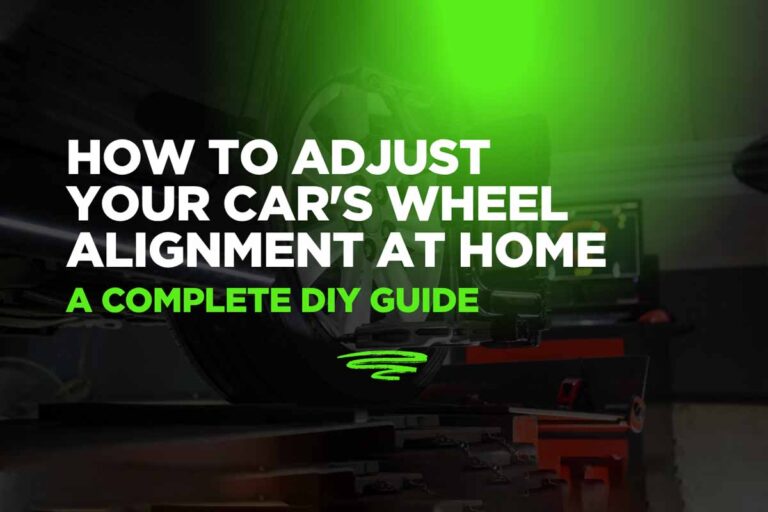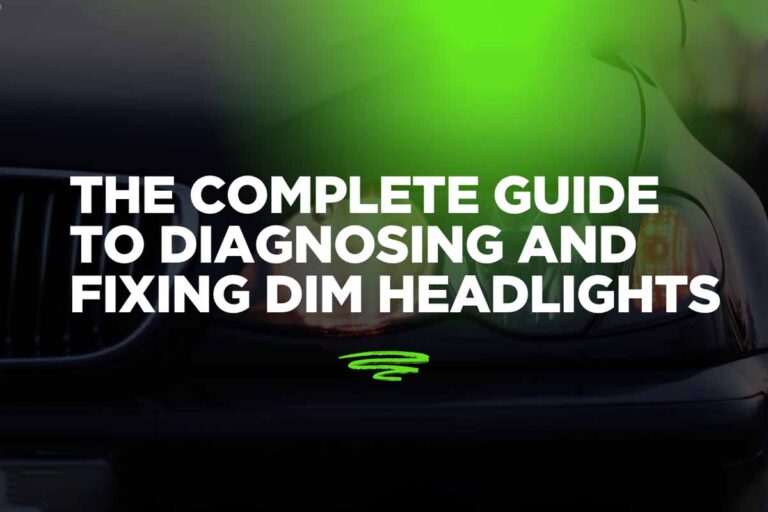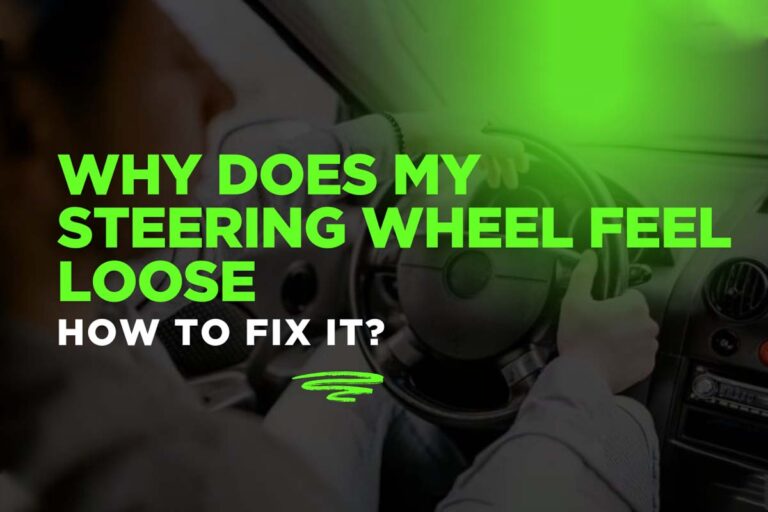Feeling a Shake When You Brake? Here’s What You Need to Know About Brake Pulsation
You’re cruising down the road, maybe jamming to your favorite song, when you gently tap the brakes—and suddenly your steering wheel trembles like it just drank a double espresso. That, my friend, is a classic case of brake pulsation. While it may seem like a minor annoyance at first, ignoring it can lead to more serious—and costly—problems down the line. Let’s take a closer look at what brake pulsation is, what causes it, and how to fix it for good.
What Is Brake Pulsation?
Brake pulsation refers to the shaking or vibrating sensation you feel when applying the brakes. It’s most noticeable once your car has warmed up, often after extended driving or during heavy stop-and-go traffic. You might feel it in the steering wheel, the brake pedal, or even through the entire vehicle.
If the vibration is felt in the steering wheel, the issue is most likely with the front brakes. If it’s coming from the seat or body of the car, the problem is usually in the rear brakes.
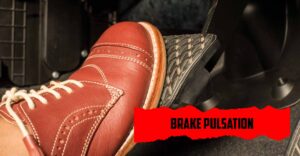
What Causes Brake Pulsation?
The most common cause of brake pulsation is warped brake rotors—the metal discs that your brake pads clamp onto when slowing the vehicle. When these rotors become uneven due to heat or wear, you’ll feel a pulse every time the brakes are applied.
Other causes include:
- Overheated Rotors: Heavy braking on steep hills or in traffic causes extreme heat that warps rotors.
- Rust and Pitting: Corrosion can create an uneven braking surface.
- Sticking Calipers or Brake Pads: If calipers don’t release properly, they cause continuous pressure and wear.
- Suspension Problems: Worn shocks or struts cause uneven brake force during stops.
- Faulty Brake Components: Seized sliders, degraded hoses, or malfunctioning parking brakes can all contribute.
How Mechanics Diagnose Brake Pulsation
Even if a rotor looks fine, it could still be the issue. A mechanic will often use a dial indicator to measure rotor runout—or how much it wobbles from side to side. If it exceeds 0.002 inches, it can create noticeable vibration.
It’s important to remember that the most obvious-looking rotor isn’t always the one causing the problem. The entire brake system—including calipers, pads, sliders, and suspension—needs to be inspected.
How to Fix Brake Pulsation
Replace Both Rotors and Pads
Never install new rotors with old pads, even if they look good. The pads are worn to the shape of the old rotors. Mixing old with new can cause uneven contact, leading to continued pulsation.
Don’t Resurface Rotors
Modern rotors are designed to be lightweight and thin. “Cutting” them to restore a smooth surface often removes too much material and can weaken them. It’s safer and more effective to replace them entirely.
Inspect and Service Calipers and Hardware
Ensure that caliper pistons retract smoothly and that sliders are clean and lubricated. Also check that brake pads can move freely in their brackets. Rust and debris can prevent proper movement and cause issues.
Driving Habits That Can Cause Rotor Warping
Not all brake pulsation is due to mechanical failure—driver habits play a big role too. Here are some behaviors that can cause excessive heat and rotor warping:
- Hard Stops After Long Highway Drives: Heat builds at the rotor’s outer edges, causing warping.
- Constant Braking in Traffic: Doesn’t allow your brakes to cool properly.
- Riding the Brakes on Hills: Continuous pressure builds excessive heat.
Avoiding these habits can significantly extend the life of your brake components.
Should You Upgrade Your Rotors?
If you drive in the city often or live in a hilly area, consider drilled and slotted rotors. These are designed to dissipate heat more efficiently and reduce the chances of warping—especially useful for frequent braking situations.
Is Brake Pulsation Dangerous?
Yes, it can be. While minor pulsation is usually just an inconvenience, more severe vibrations can affect braking performance and safety. Uneven contact between brake pads and rotors can reduce traction, especially in emergency stops or slippery conditions.
Be careful not to confuse it with your Anti-lock Braking System (ABS). ABS also causes a pulsing sensation, but it only activates during hard braking to prevent wheel lock-up. If you feel pulsation during normal stops, it’s not the ABS—it’s likely your rotors.
Conclusion
Brake pulsation is more than just an annoying vibration—it’s your car’s way of telling you something’s wrong. Whether it’s warped rotors, seized calipers, or poor driving habits, the fix usually starts with replacing rotors and pads and inspecting the entire braking system.
Don’t wait until a small shake turns into a major repair—or worse, a safety hazard. If your steering wheel or brake pedal shakes when you slow down, it’s time to give your brakes the attention they deserve.


